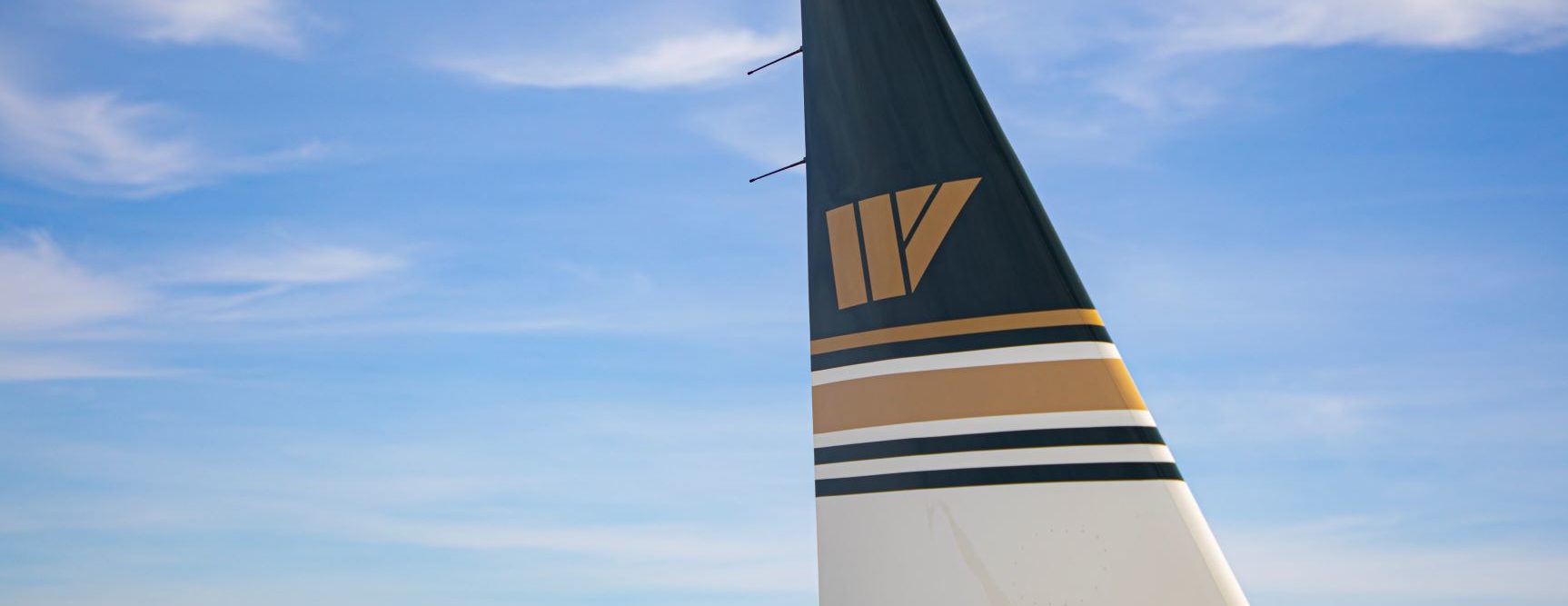
Winter Operations – a Perfectly Normal Operating Mode for Jetflite
Since childhood, we Finns have learned to live and move around in snow and slush. We face water in all forms, be it snow, ice, fog, slush, sleet, drizzle, or rain. We have dozens of words for snow, even hundreds if you include dialects. We know how to dress for the weather: the Finnish word ”tarkenee” describes in one word whether one has dressed well enough to stay warm in a given temperature. It is difficult to explain to a foreigner from warmer places a strong familiar sensation – or anticipation – that takes over a Finn who drops his car keys in the snow, before picking them up barehanded, or accidentally steps in a puddle of ice water and waits for the frozen water to seep inside his shoe (it takes a couple of long seconds).
Low Visibility, Darkness, and Winter Pose a Challenging Combination
Flying in winter conditions is just a normal operation for Jetflite. Many of our flights also take off or land in darkness and during the Polar Night (or kaamos as we call it in Finnish). We experience heavy fog in spring and fall, and during the winter, clouds hang very low, nearly reaching the ground. Jetflite’s Training Manager, Captain Jarmo Kurtti: “Combination of low visibility, darkness, and winter conditions is a challenging combination. Smooth and safe operations in such an environment require comprehensive awareness, reliable procedures, awareness, information, and proper training. No other company or crew in business aviation is more prepared than Jetflite to operate in demanding winter conditions that are native to us. In northern Finland, the winter lasts six months, and frequently low visibility conditions exist simultaneously, and if there is daylight at all, it lasts from a few hours to none.”
Jetflite’s annual pilot training sessions include practical winter operations and low visibility training with a review of de-icing procedures, icing awareness, and runway condition and performance, including the latest implemented standards RCAM (runway condition assessment matrix) and GRF (global reporting format). “Because of the circumstances”, explains Jetflite’s Training Manager Jarmo Kurtti, “most of our approaches are actual IFR approaches, eg. ILS CAT1, CAT2, RNP, LPV… and this correlates to our flight crew training.”
Practise Makes Perfect
Jetflite crews are authorized to take off in RVR (runway visual range) of just 125m, the lowest standard in business aviation, and approaches may be performed down to CAT2 minima, requiring just a mere 300m RVR with a decision height of 30 meters. In order to achieve this, we send our pilots to simulator training and checking every 6 months, consisting generally of 12 hours of simulator time for each pilot every 6 months. During simulator training, low visibility and icing conditions are frequently combined. In addition, several classroom training and CBT (computer-based training) sessions are held each year to freshen awareness and knowledge of winter and low-visibility operations.
According to Captain Kurtti, Jetflite has been – in cooperation with performance calculation developers – a pioneer in using and applying runway contamination data and requested additional performance metrics to be added to the generally available data.

